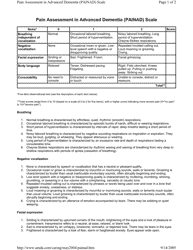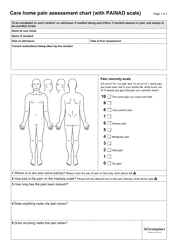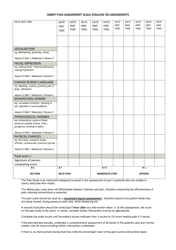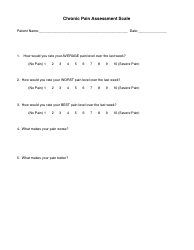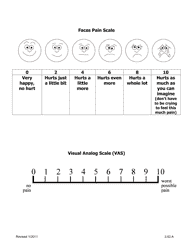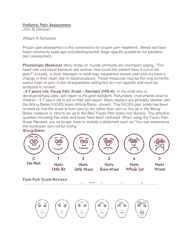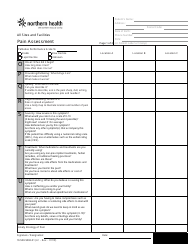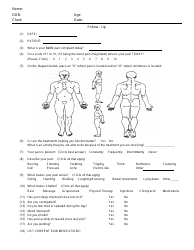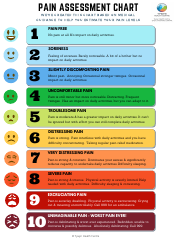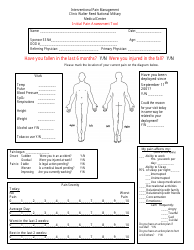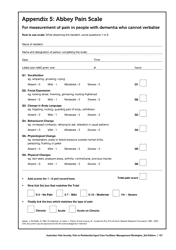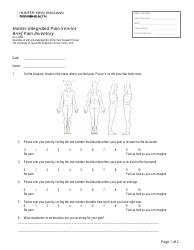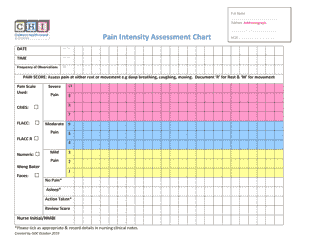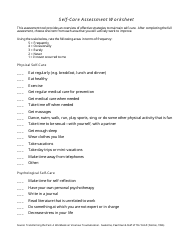Pain Assessment in Advanced Dementia Scale (Painad)
The Pain Assessment in Advanced Dementia Scale (Painad) is used to evaluate and assess pain levels in individuals with advanced dementia.
In the Pain Assessment in Advanced Dementia Scale (Painad), the pain assessment is typically conducted and filed by healthcare professionals, such as nurses or doctors, who are responsible for the care of individuals with advanced dementia.
FAQ
Q: What is the Pain Assessment in Advanced Dementia Scale?
A: The Pain Assessment in Advanced Dementia Scale (Painad) is a tool used to assess pain in individuals with advanced dementia.
Q: Why is the Painad scale used?
A: The Painad scale is used to assess pain in individuals with advanced dementia who may have difficulty communicating their pain.
Q: How does the Painad scale work?
A: The Painad scale uses five indicators: breathing, vocalization, facial expression, body language, and consolability, to assess pain in individuals with advanced dementia.
Q: Who can use the Painad scale?
A: The Painad scale can be used by healthcare professionals, caregivers, and family members to assess pain in individuals with advanced dementia.
Q: Is the Painad scale reliable?
A: Yes, the Painad scale has been found to be a reliable tool for assessing pain in individuals with advanced dementia.
Q: Can the Painad scale be used for individuals without dementia?
A: The Painad scale is specifically designed for individuals with advanced dementia and may not be as accurate for assessing pain in individuals without dementia.





